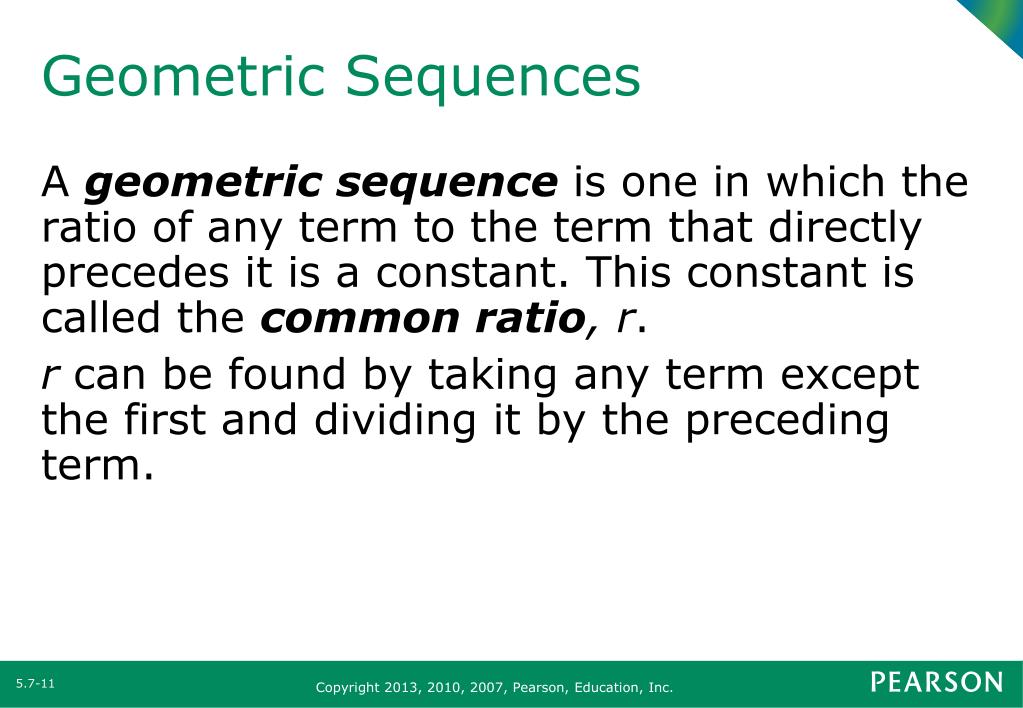

Throughout this video, we will see how a recursive formula calculates each term based on the previous term’s value, so it takes a bit more effort to generate the sequence. We want to remind ourselves of some important sequences and summations from Precalculus, such as Arithmetic and Geometric sequences and series, that will help us discover these patterns. And it’s in these patterns that we can discover the properties of recursively defined and explicitly defined sequences. What we will notice is that patterns start to pop-up as we write out terms of our sequences. All this means is that each term in the sequence can be calculated directly, without knowing the previous term’s value. So now, let’s turn our attention to defining sequence explicitly or generally. Isn’t it amazing to think that math can be observed all around us?īut, sometimes using a recursive formula can be a bit tedious, as we continually must rely on the preceding terms in order to generate the next. In fact, the flowering of a sunflower, the shape of galaxies and hurricanes, the arrangements of leaves on plant stems, and even molecular DNA all follow the Fibonacci sequence which when each number in the sequence is drawn as a rectangular width creates a spiral. For example, 13 is the sum of 5 and 8 which are the two preceding terms. Notice that each number in the sequence is the sum of the two numbers that precede it. And the most classic recursive formula is the Fibonacci sequence.
#Geometric sequence examples with solutions how to#
Geometric Series Introduction How to determine the partial sums of a geometric series Examples: Determine the sum of the geometric series.

Staircase Analogy Recursive Formulas For SequencesĪlright, so as we’ve just noted, a recursive sequence is a sequence in which terms are defined using one or more previous terms along with an initial condition. Scroll down the page for more examples and solutions of geometric series.


 0 kommentar(er)
0 kommentar(er)
